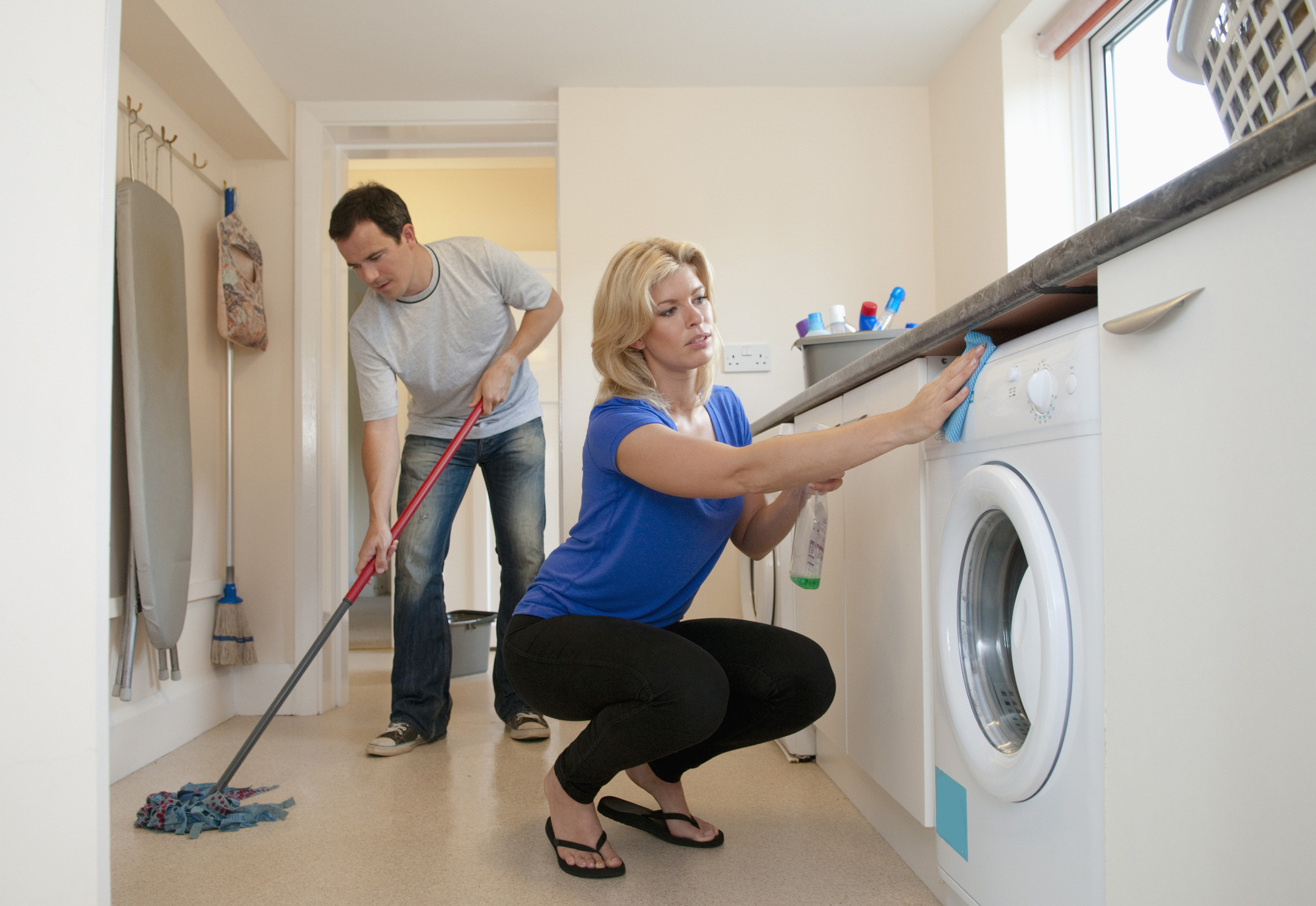
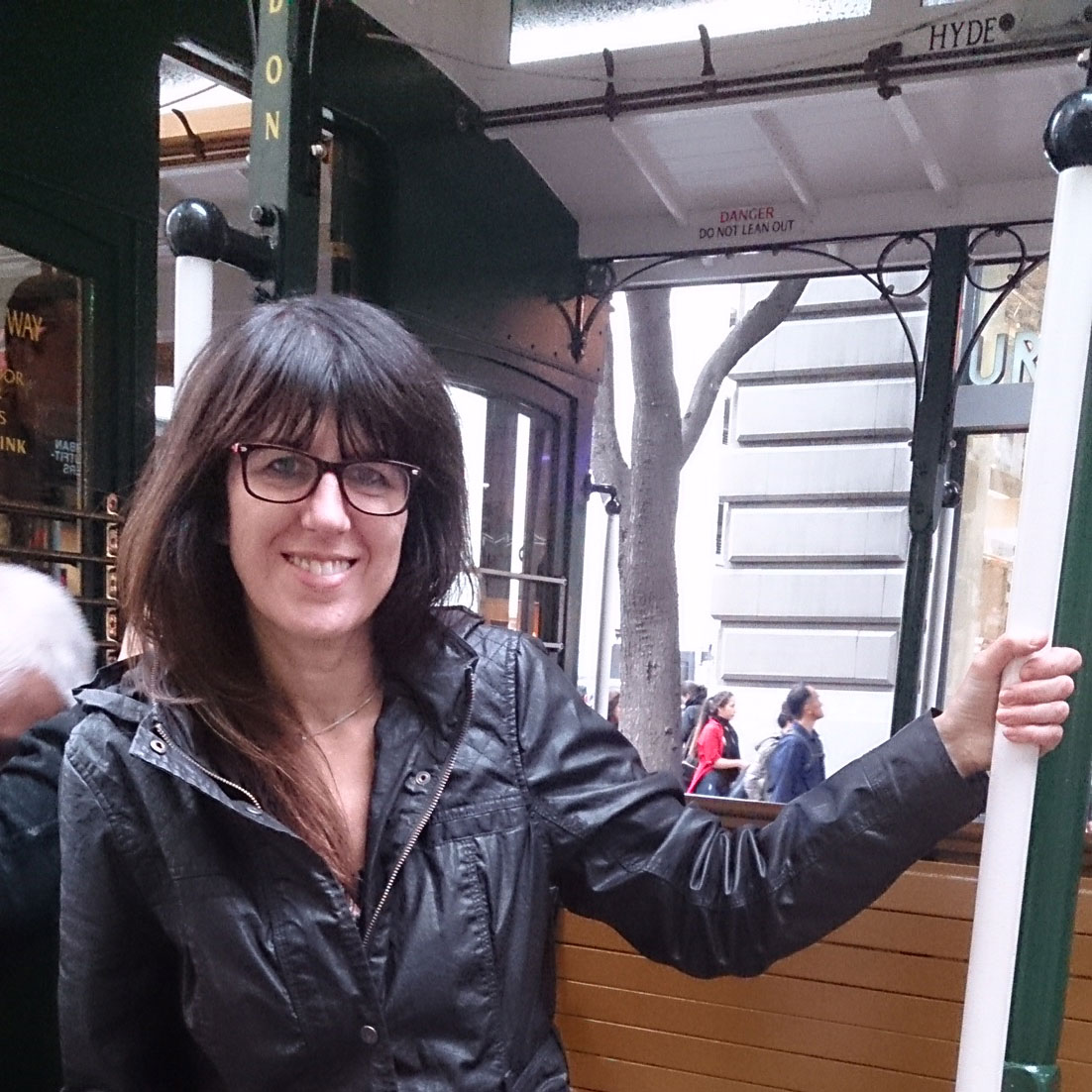
Are you using your cleaning products wrong? How hard can it be, right? I mean, we all know how to wash our hands so thoroughly they’re as clean as a surgeon’s ready to operate. We’re pros!
So we should know how to clean our homes properly. But are we failing to read the instructions and just recklessly squirting away with our fresh-off-the-shelf cleaning products? Whipping out dusters and cloths from where we stuffed them after use and simply smearing old dirt back on our surfaces (yuck).
So stop and think before your start. Read the labels and follow our tips on how to clean properly – otherwise your new-found enthusiasm for it could do more harm to your home than good.
How to use antibacterial wipes
After hand sanitiser, these are the new go-tos for our cleaning needs as we wipe down everything someone else might have come into contact with. But it’s easy to undermine their effectiveness. Only use a wipe to clean one surface before disposing of it. If you keep reusing it you’ll just transfer the dirt and germs from one surface to another. You may need more than one wipe to cover a large area.
Always check the ingredients before using to make sure it is suitable for that surface; for instance acid-based cleaners should never be used on granite. To give the disinfectant a chance to work on the bacteria, leave it visibly wet for several minutes and let it air-dry.
How to use bleach
With brand name bleaches promising to kill nearly 100 per cent of bacteria and germs, who wouldn’t want to reach for it to make sure things are clean and safe. But as anyone who has accidentally bleached the colour out of their clothes knows, it needs to be handled with caution*.
It can be used neat or diluted. Like the antibacterial wipes, you need to give it time to be effective. Don’t squirt into your toilet then wash away, leave it for at least 15 minutes or even overnight. If the sink plughole smells, pour bleach in until it overflows and let it stand for five minutes.
Join our newsletter
Get small space home decor ideas, celeb inspiration, DIY tips and more, straight to your inbox!
It can be used diluted to clean floors (Domestos recommend 120ml of bleach per 5 litres of water), and to sanitise dishcloths and sponges (Domestos say use 60ml bleach in half a bucket of water for soaking)
* Don’t mix bleach with anything other than water. Avoid combining it with other cleaning agents, vinegar, ammonia (found in many glass or window cleaners) or rubbing alcohol – it can cause toxic fumes.
How to clean with vinegar
Your gran’s handy helper, useful for cooking or cleaning, this household staple is a versatile little number, and a hit with people wanting a cheaper, greener alternative to store-bought chemical cleaners.
You can mix distilled white vinegar with water to clean windows or the microwave, wipe down shower doors with it or put some vinegar in a plastic bag and let the shower head soak in it to get rid of mineral build up.
Because it is acidic, you shouldn’t use it on granite or marble surfaces, stone floor tiles, on knives or in irons, nor on hardwood floors or furniture. And though vinegar is antibacterial, it won’t kill the coronavirus.
Coronavirus disinfectants: What will and won't work
How to use laundry detergent
When you’re doing a wash are you just glooping in the detergent, slamming the door and thinking job well done? Wrong! If you are not measuring it out, chances are you are using too much, leaving residue and marks on the clothes you are trying to clean, making your machine smell and wasting money by going through detergent too quickly. The excess suds can hold onto the dirt and trap it in places where it won’t get rinsed away – like collars – letting bacteria build up (yeww).
Too many bubbles will act as a cushion between clothes stopping them from rubbing against each other – which is what gets them clean. And the suds can also put a strain on your machine as it tries to break them down.
The fill lines on caps may be hard to see, so use a marker to make sure you are not going above the lines and measuring out too much. If you are still seeing suds after a wash, cut it back to the lowest recommended level of detergent.
How to clean your clothes safely during the coronavirus pandemic
How to use oven cleaner
Everyone’s least favourite job, and the one we probably avoid at all costs because of the toxic fumes and the caustic nature of the cleaner needed to break down baked-on residue. But this is what we put our food into, so it needs to be clean. Oven cleaner will often come with gloves to stop it splashing on your skin and burning you, and a thorough set of instructions; read them!
Make sure your oven is cold – not hot – before you start, and turn off the electricity or pilot light. Only spray the cleaner inside the oven, avoiding the trim, pilot light or heating element. Don’t use it on the top, in a self-cleaning oven or in a microwave.
Close the door and leave it to work for the amount of time the instructions advise. Using the gloves, and a wet sponge or cloth, wipe all the loosened oven dirt out. If you get splashed, rinse with water for at least 20 minutes. Let the oven ‘air’ before you switch it back on again.
Cleaning tools
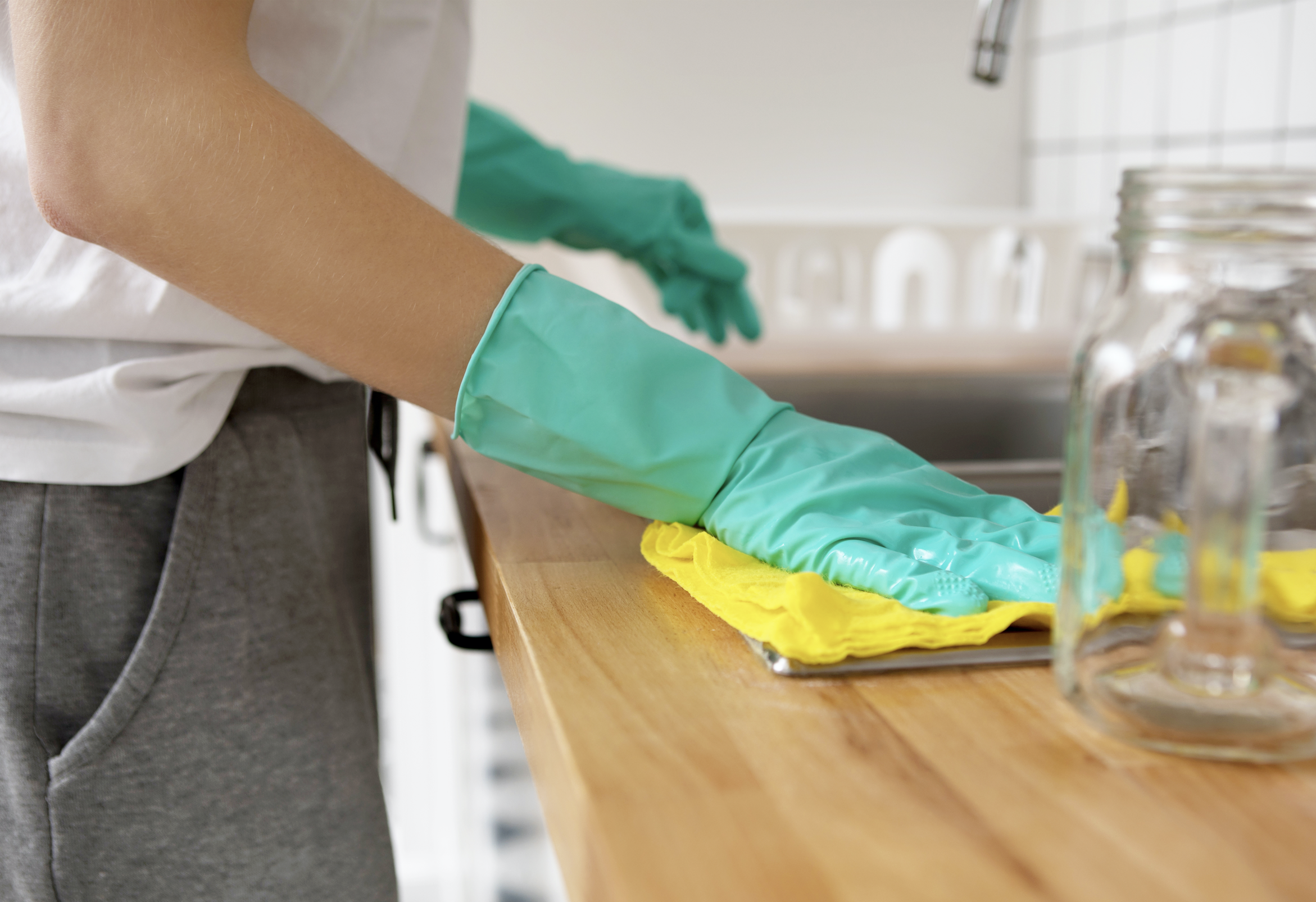
You may be pretty proud of your cleaning regime, diligently scrubbing or wiping every surface. But have you taken a good look at what you are using? How long have you been using the same brush, duster or sponge* that now harbour old dirt and germs?
You should rinse brushes and sponges in hot water after every use, and disinfect weekly in four and a half litres of hot water mixed with half a cup/120ml of bleach. Alternatively, you can soak them overnight in a bowl of white vinegar or put them in the dishwasher when you are doing a load.
For dusters, shake them outside and then clean in washing up liquid and warm water. For microfibre cloths, soak in warm water, rinse and hang out to dry.
*You can zap nearly 100 per cent of bacteria on a sponge by soaking it in water and then microwaving on high for a minute or two.
How to use bathroom cleaner
When cleaning your bathroom, give it time. Don’t just squirt, wipe and rinse. Let your chosen cleaner do some of the hard work. Start with the toilet; direct the cleaning agent under the rim, going all round, then close the lid to let it take effect. When you come back to it, wipe the outside of the bowl thoroughly with disinfectant cleaner. Inside just scrub round with the cleaner you already applied.
For the basin, shower and bath, spray or sponge on the appropriate cleaning fluid and then let it soak into the dirt, residue and old soap on the surface. Use a microfibre cloth or soft-bristled brush to rub it in as they are slightly abrasive.
Don’t forget to clean all the things you touch regularly – including taps, the shower control, the toilet flush and the door handle – or stand on, like bathmats.
How to use floor cleaners
One floor cleaner does not suit all floor surfaces, so always read the labels to make sure what you are using won’t damage yours. For instance, strong chemicals may degrade or stain tile flooring. Don’t be too liberal with the mop – getting the floor too wet could lead to wood or laminate warping or buckling, or vinyl flooring becoming unglued.
Carpets can be vacuumed weekly or steam cleaned if necessary. Wood or hard floors can be swept or vacuumed and then wiped down with antibacterial floor wipes or cleaner. Laminate can be vacuumed and then use a microfibre mop and laminate floor cleaner (or a DIY solution of equal parts white vinegar and warm water mixed in a spray bottle).
For floor tiles, vacuum or sweep regularly so crumbs and dirt don’t get ground in. Use a soft broom on a marble or natural stone floor which won’t scratch the surface. Mop with warm water if its not too dirty, or add a squirt of washing up liquid. Wipe with clear water and then a dry mop.
Vinegar is fine for cleaning ceramic floors but avoid using this, or any acidic cleaning solution, on marble, limestone or travertine as it will corrode the surface.
Best mops to buy for hygienic floors
More top cleaning buys:

Alison is Assistant Editor on Real Homes magazine. She previously worked on national newspapers, in later years as a film critic and has also written on property, fashion and lifestyle. Having recently purchased a Victorian property in severe need of some updating, much of her time is spent solving the usual issues renovators encounter.
-
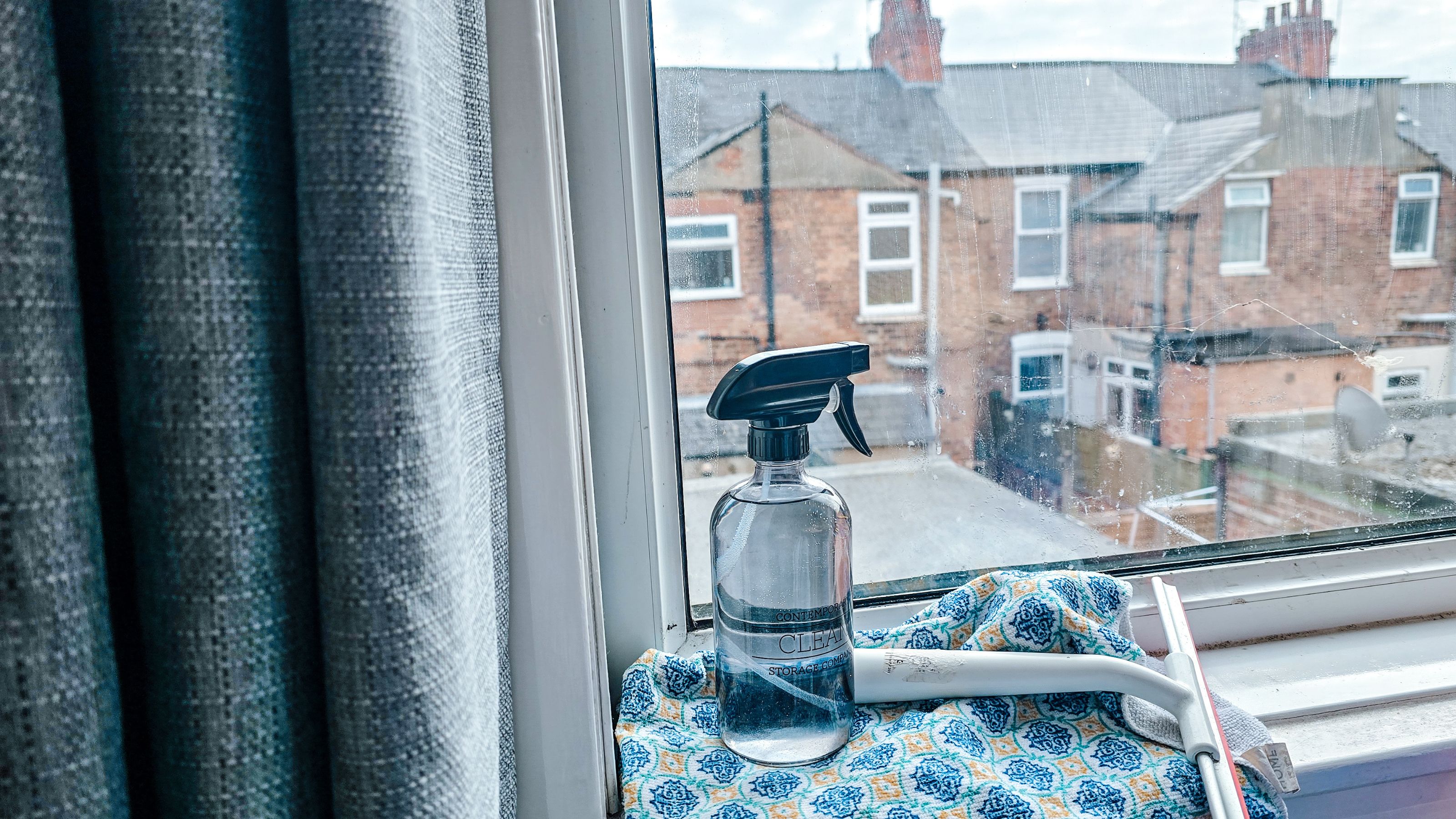 How to clean windows without streaks — 5 easy steps that cleaning pros always follow
How to clean windows without streaks — 5 easy steps that cleaning pros always followThis method on how to clean windows is favored by professional cleaners. We've asked them for the steps you should follow, plus picked cleaning buys
By Eve Smallman Last updated
-
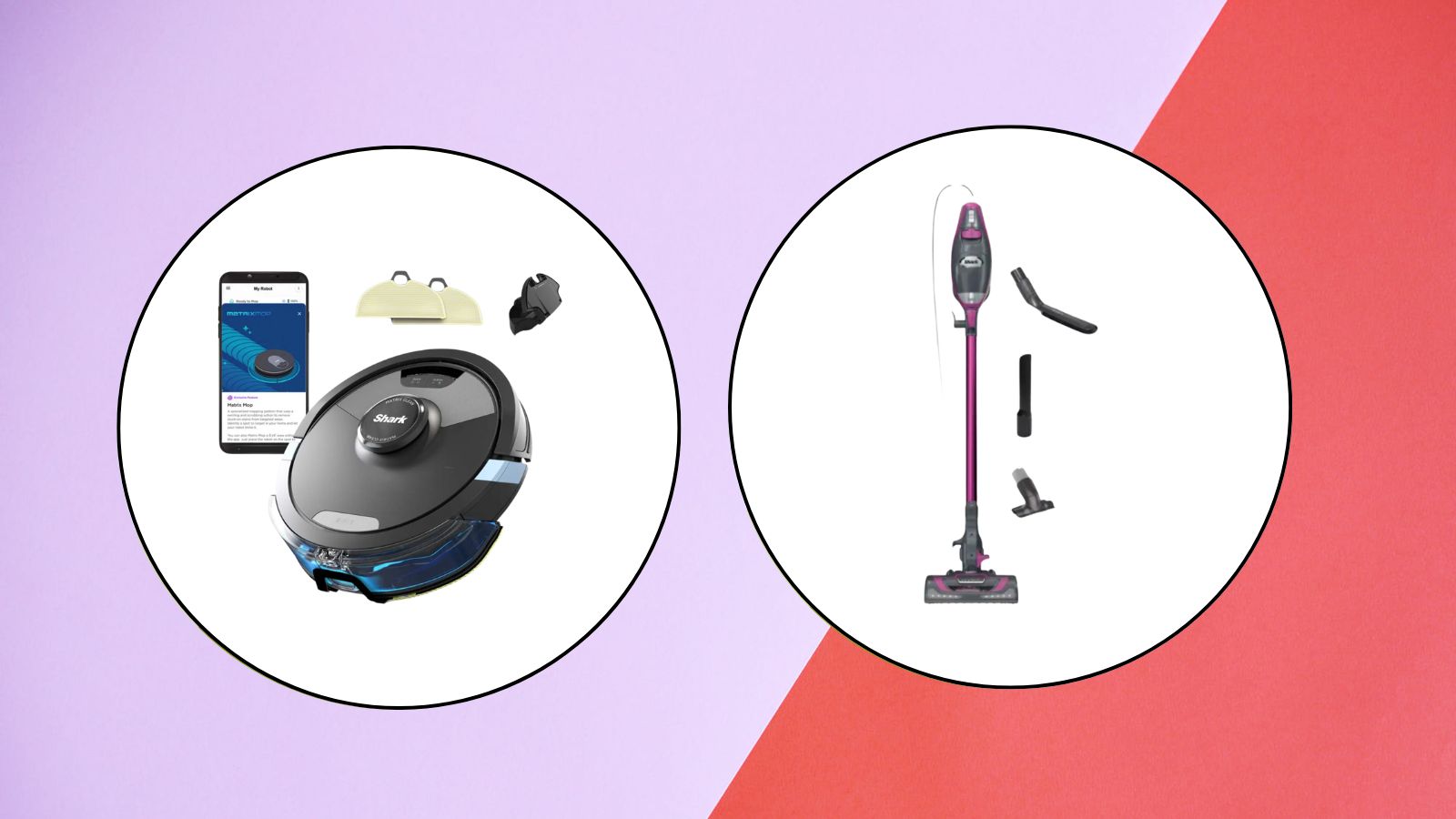 The latest Shark sale deals are perfect for pollen-proofing your home — with up to $150 off our favorite vacuums
The latest Shark sale deals are perfect for pollen-proofing your home — with up to $150 off our favorite vacuumsWe found the latest Shark sale deals on vacuums that are sure to be swooped up, especially as spring blooms trigger pollen allergies and we're in need of extra cleaning
By Danielle Valente Published
-
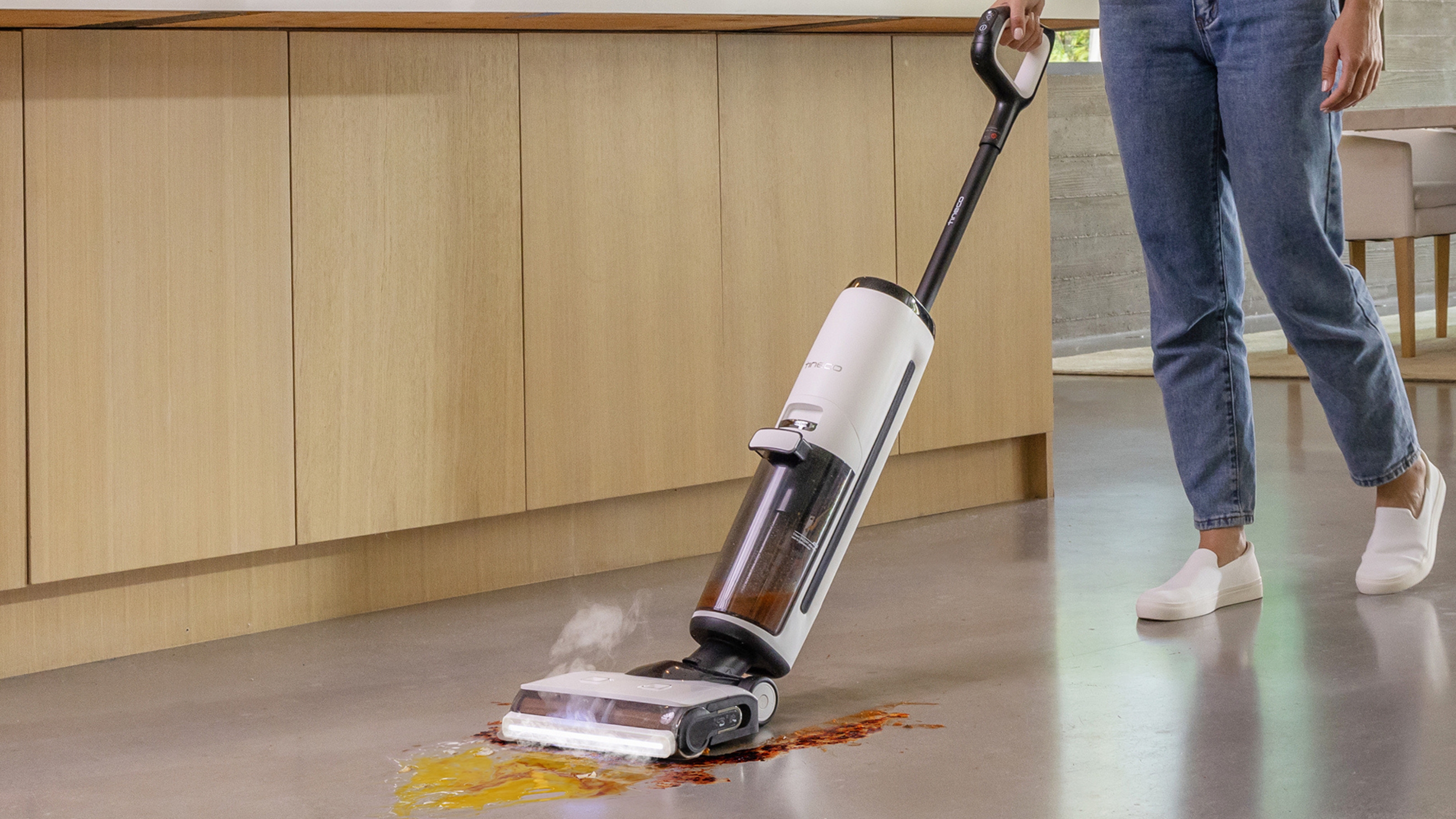
 Tineco Floor One S7 steam wet-dry vacuum review — spotless floors with minimal effort
Tineco Floor One S7 steam wet-dry vacuum review — spotless floors with minimal effortOur contributing editor, Camryn Rabideau, tests the Tineco Floor One S7 steam wet-dry vacuum in her New England homestead property
By Camryn Rabideau Published
-
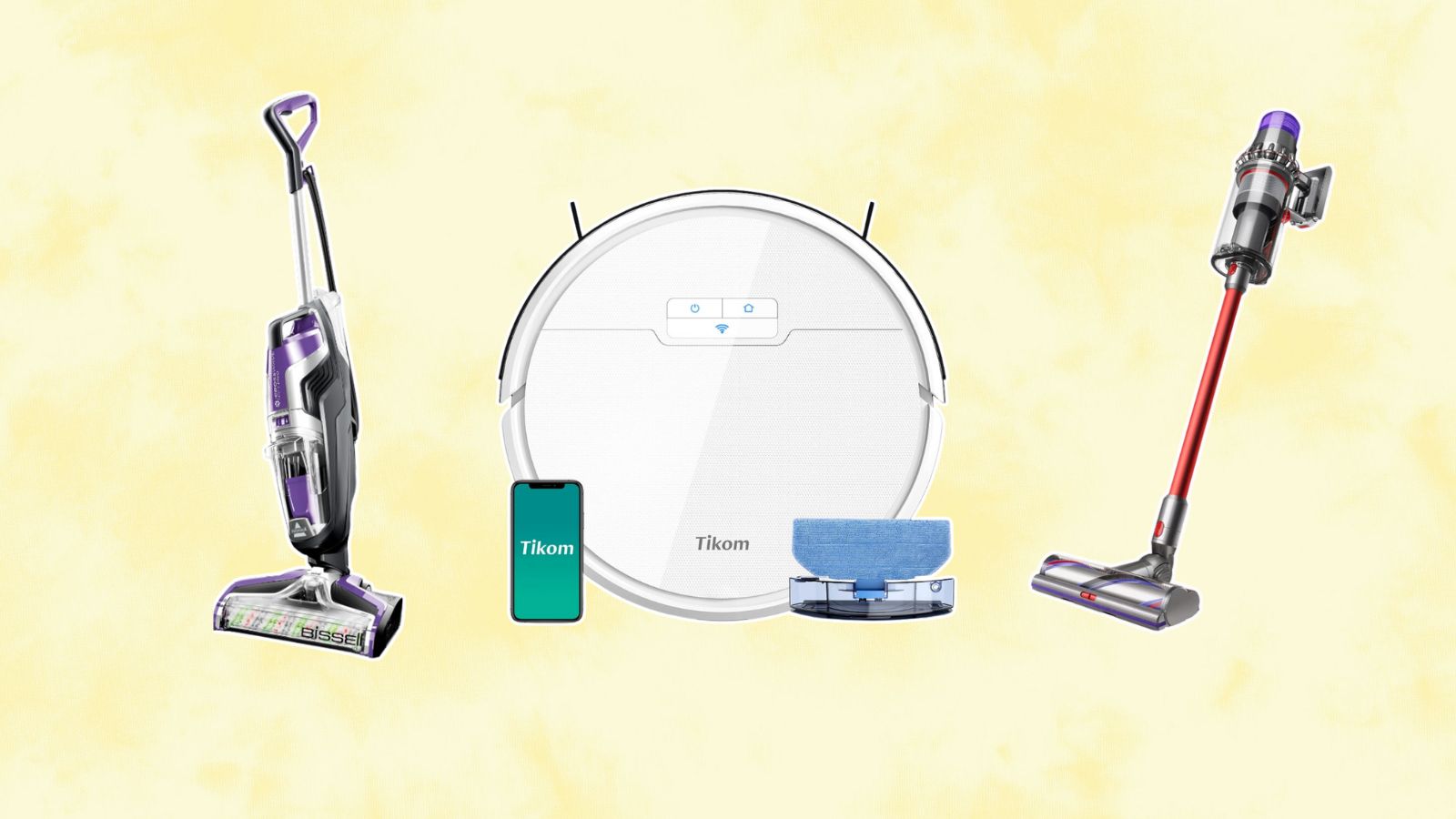 Amazon vacuum cleaners to nab during the retailer's Big Spring Sale — save up to 60% off our go-to small-space finds
Amazon vacuum cleaners to nab during the retailer's Big Spring Sale — save up to 60% off our go-to small-space findsChecking out the savings on Amazon? Vacuum cleaners are a must-buy during their first Big Spring Sale — here are our favorites up to 60% off
By Danielle Valente Published
-
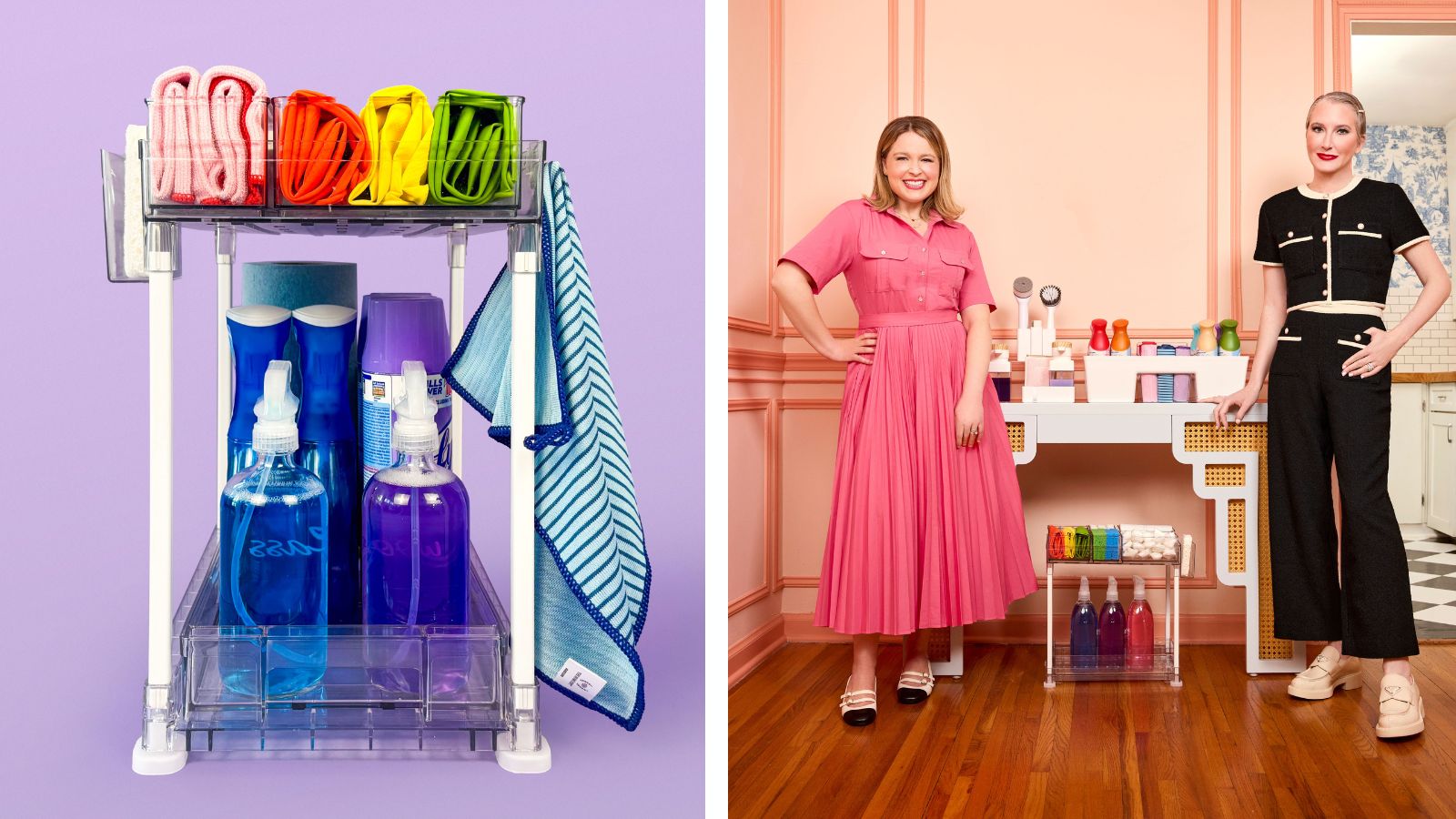 The Home Edit Walmart cleaning collection has just debuted with finds from $3
The Home Edit Walmart cleaning collection has just debuted with finds from $3Spring cleaning, anyone? The Home Edit Walmart cleaning collection has hit shelves with picks from $3
By Danielle Valente Published
-
 How to clean carpet on stairs — 3 simple steps to a spruced up staircase
How to clean carpet on stairs — 3 simple steps to a spruced up staircaseWant to know how to clean carpet on stairs? Our experts explain the simple steps to a sparkling stairway without too much elbow grease
By Andy van Terheyden Published
-
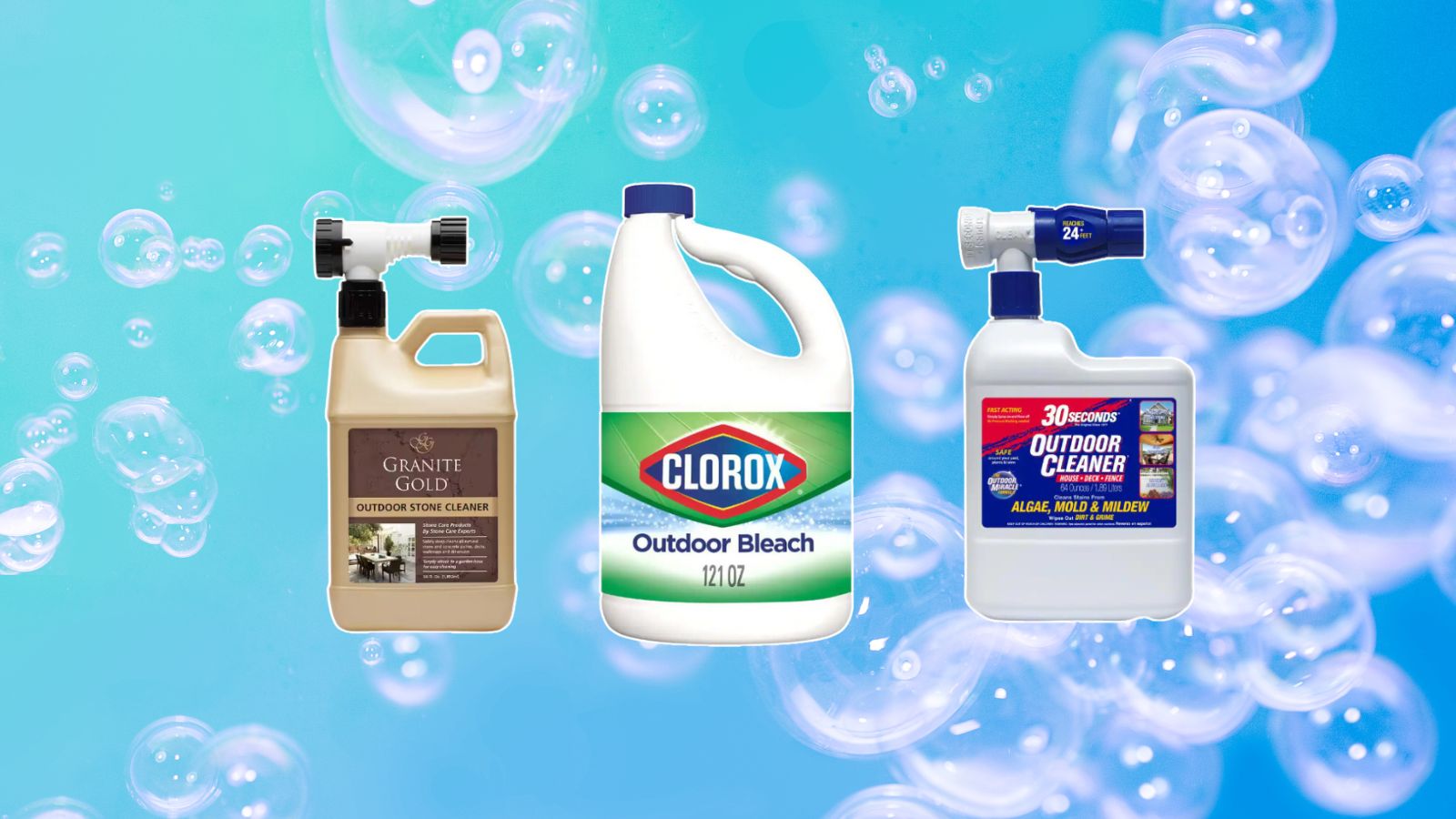 The Home Depot backyard and patio cleaning supplies we're stocking up on before spring
The Home Depot backyard and patio cleaning supplies we're stocking up on before springDon't forget the outdoors when spring cleaning — The Home Depot backyard and patio cleaning buys from $11 will assist with tidying up
By Danielle Valente Published
-
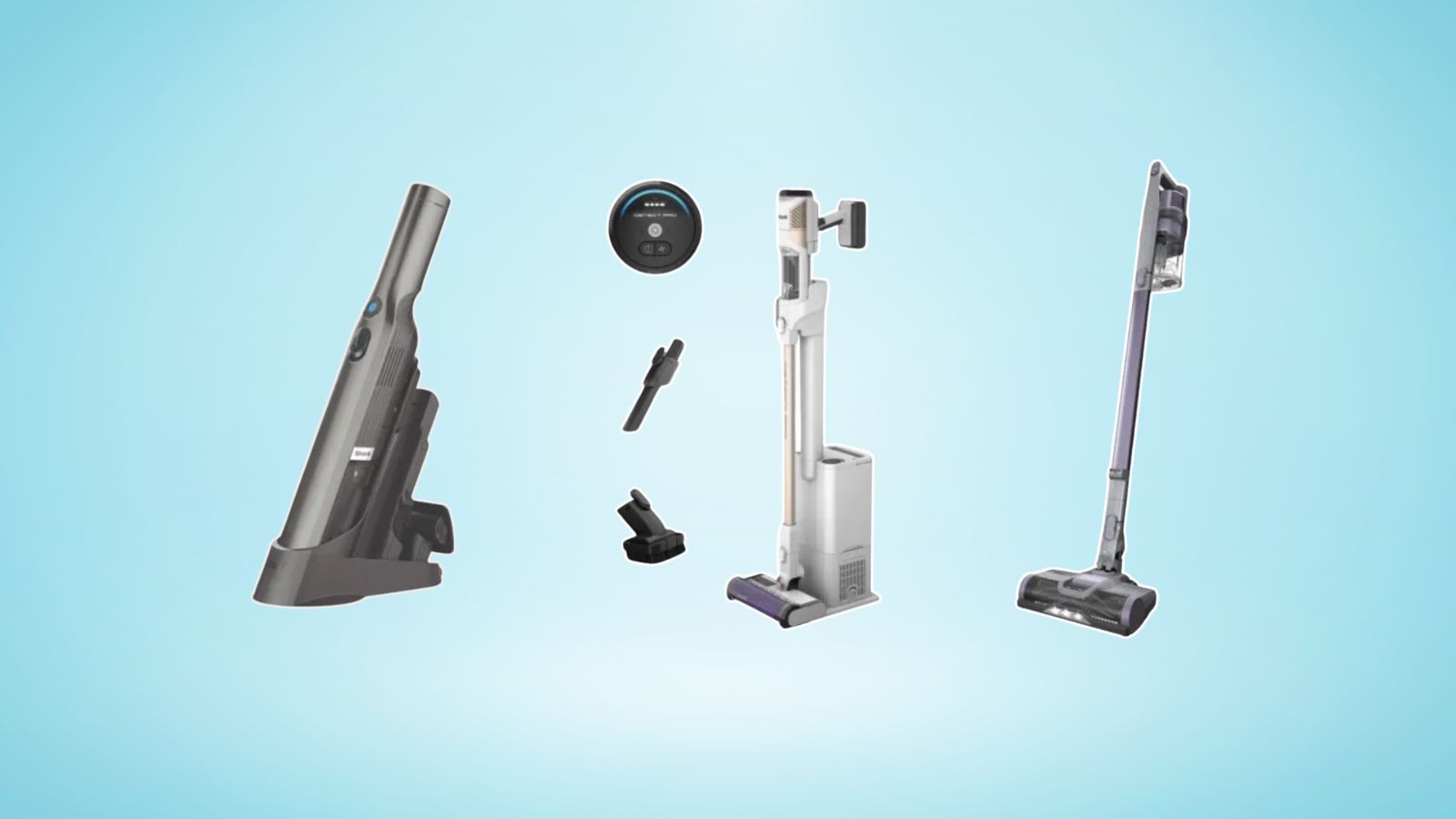 The Shark Detect Pro vacuum and other models are on sale for St Patrick's Day — perfect picks for your spring clean
The Shark Detect Pro vacuum and other models are on sale for St Patrick's Day — perfect picks for your spring cleanWhether you're eyeing the Shark Detect Pro Vacuum or Shark Pet Cordless Stick Vacuum, shop the St. Patty's Day sale for a discount on the best vacuums on shelves
By Danielle Valente Published